From Evolution to Survival – The Strategic Depth Behind Artistic Transformation Genre Fluidity – How Reinvention Shapes Cultural Legacy and Creative Freedom
Musical reinvention is not a trend – it is a survival mechanism and a creative imperative. Artists across genres and generations have reshaped their sound, image, and message to remain relevant, challenge norms, and explore new emotional terrain. This phenomenon is not rooted in superficial branding – it reflects deep psychological, cultural, and industry-driven forces. Reinvention allows artists to escape the constraints of genre expectations and audience assumptions. It also enables them to respond to personal growth, political shifts, and technological changes. From David Bowie’s shapeshifting personas to Taylor Swift’s genre-hopping discography – reinvention is a hallmark of enduring artistry. Change in sections unpacks a different dimension of this transformation – from neuroscience to market dynamics. The goal is to illuminate the real reasons behind artistic reinvention – and to invite deeper reflection on its cultural significance.
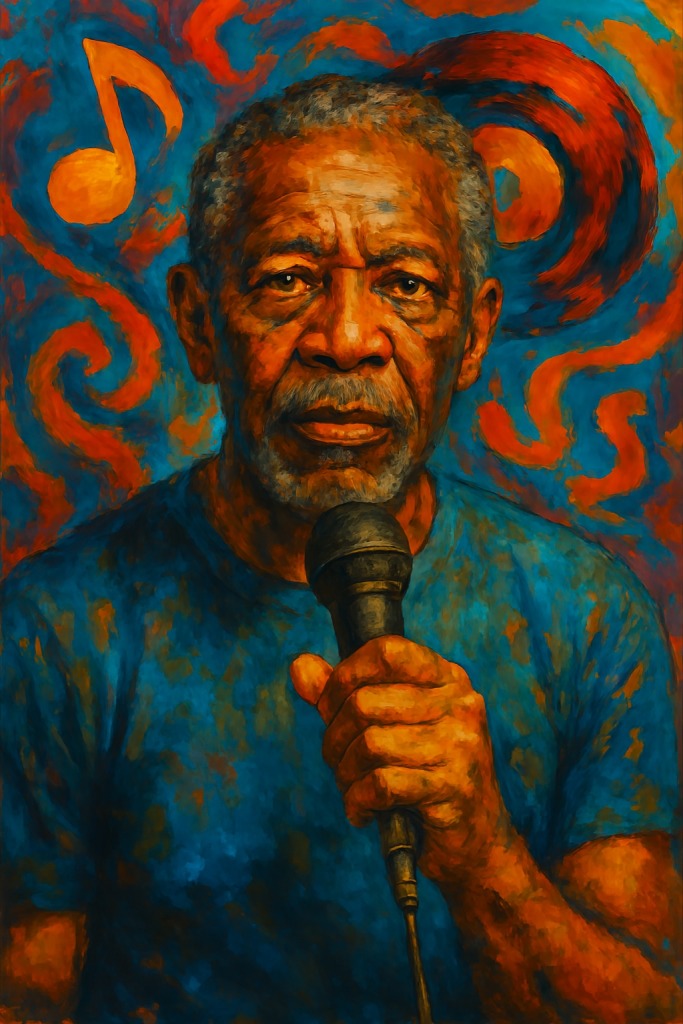
Identity and Psychological Growth
Artists often reinvent themselves to reflect internal psychological shifts. Creative expression is deeply tied to identity – and as artists evolve personally, their work must evolve too. Reinvention allows them to shed outdated personas and explore new emotional landscapes. This process mirrors broader human development – where growth demands change. Neuroscience supports this – showing that identity is fluid and shaped by experience. Reinvention can be a form of healing or trauma – allowing artists to process trauma or redefine their values. It also helps them avoid stagnation – which can lead to creative burnout. Many artists report feeling trapped by early success – and reinvention offers escape. This is not about abandoning authenticity – it is about expanding it. Reinvention becomes a mirror of psychological transformation – not a mask.
Genre Constraints and Artistic Freedom
Genres are both creative tools and limiting frameworks. Artists often begin in one genre due to early influences or industry expectations. Over time – these boundaries can feel restrictive. Reinvention allows artists to explore new sonic textures and lyrical themes. It also enables them to challenge genre hierarchies – which often reflect racial or cultural biases. Crossing genres can be risky – but it often leads to innovation. Artists like Joni Mitchell and Childish Gambino have used genre shifts to redefine their artistic identity. This freedom is essential for long-term creative fulfillment. Reinvention is not genre betrayal – it is genre transcendence. It reflects a commitment to artistic truth over commercial predictability.
Cultural Relevance and Social Commentary
Artists are cultural barometers – and reinvention allows them to respond to shifting social climates. Music is a powerful tool for commentary – and changing styles can reflect changing messages. Reinvention enables artists to engage with new movements – from feminism to climate activism. It also allows them to distance themselves from outdated or problematic associations. This is especially important in eras of rapid social change. Reinvention becomes a way to stay ethically aligned and culturally resonant. Artists like Beyoncé have used reinvention to amplify political messages. This process is not reactive – it is strategic and intentional. Reinvention allows artists to evolve with their audience – not just entertain them. It turns music into a living dialogue with society.
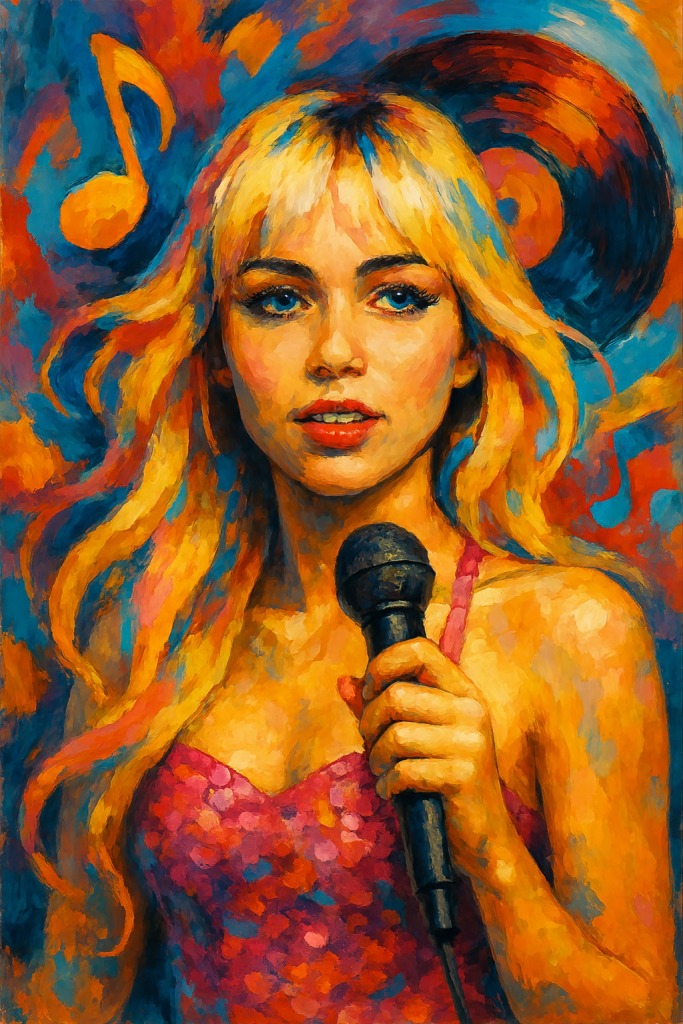
Industry Pressures and Market Dynamics
The music industry rewards novelty and punishes repetition. Artists face constant pressure to innovate or risk irrelevance. Reinvention becomes a strategic response to these market forces. Labels often push artists to evolve to reach new demographics. Streaming platforms favor fresh content – making reinvention a visibility tactic. Tour cycles and album releases are structured around reinvention arcs. This is not purely commercial – it reflects the industry’s demand for narrative. Reinvention creates media buzz and renews fan engagement. It also helps artists navigate changing distribution models. Reinvention is not a concession to capitalism – it is a recalibration of artistic agency. Artists use it to reclaim control over their trajectory. It becomes a form of resistance against formulaic production.
Visual Identity and Symbolic Language
Reinvention often involves a transformation of visual identity. Album covers, fashion choices, and stage design become tools of symbolic communication. Artists use these elements to signal shifts in tone, theme, or philosophy. Visual reinvention can reflect deeper psychological or cultural transitions. Madonna’s evolving fashion statements were not just aesthetic – they were ideological. Visual change allows artists to challenge norms around gender, race, and power. It also helps them build mythic personas that transcend time. Reinvention through imagery is not superficial – it is semiotic. It allows artists to encode meaning and provoke interpretation. This visual language becomes part of the music’s emotional architecture. Reinvention is not just heard – it is seen and felt.
Audience Expectations and Emotional Resonance
Fans often expect consistency – but they also crave surprise. Reinvention allows artists to challenge their audience while deepening emotional connection. It creates space for vulnerability, experimentation, and growth. Artists who reinvent themselves often report stronger fan loyalty over time. This is because reinvention reflects honesty – not manipulation. It shows that the artist is willing to evolve, even at the risk of alienation. Reinvention also allows fans to grow alongside the artist. It becomes a shared journey of transformation. Emotional resonance deepens when artists take creative risks. Reinvention is not a betrayal of fans – it is a gift of authenticity. It invites listeners into a more complex and truthful relationship.
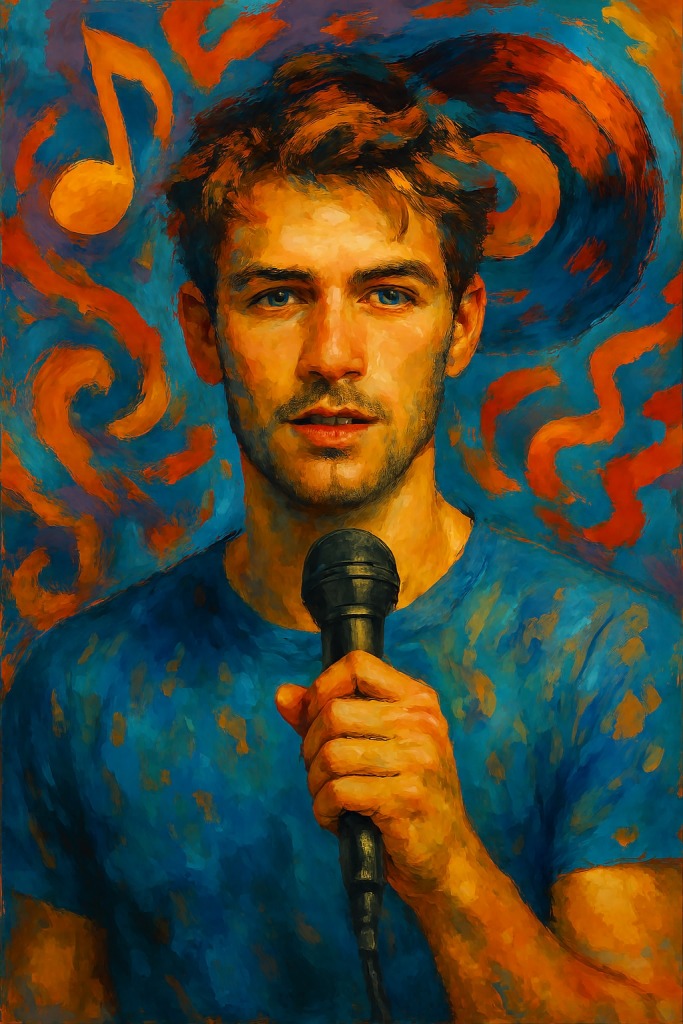
Technological Shifts and Production Innovation
Technology plays a major role in artistic reinvention. New tools allow artists to explore different production styles and sonic landscapes. The rise of digital audio workstations, autotune, and sampling has expanded creative possibilities. Reinvention often reflects a desire to engage with these innovations. Artists like Radiohead and Kanye West have used technology to redefine their sound. This is not about chasing trends – it is about mastering new forms. Reinvention through technology allows artists to challenge traditional structures. It also enables more intimate and experimental production. The studio becomes a laboratory for transformation. Reinvention is not anti-analog – it is pro-evolution. It reflects a commitment to pushing the boundaries of sound.
Lisa’s Solo Trajectory – From Group Icon to Global Visionary
Lisa’s evolution from BLACKPINK’s magnetic maknae to a solo artist with global resonance is not just a career pivot – it is a symbolic rupture. Her departure from YG Entertainment marked more than a contractual shift – it was a declaration of artistic autonomy. With the launch of her own label and a strategic partnership with a major Western distributor, Lisa redefined what it means to be a K-pop artist navigating global markets without losing cultural specificity. Her debut solo album was not a collection of songs – it was a multi-layered narrative architecture. Each track introduced a distinct persona, not as gimmick but as psychological mirror. Her Coachella performance fractured expectations and ignited a viral movement. The album’s collaborations were symbolic dialogues across genre, geography, and identity. Lisa’s reinvention was visual, sonic, and strategic. Her reptilian stage outfit was mythic armor, signaling transformation and defiance. Her acting debut and continued fashion ambassadorship extended her narrative beyond music, positioning her as a cross-medium storyteller. Lisa’s solo arc reflects the deeper truth of reinvention – not as escape, but as emergence.
Miley Cyrus – Reinvention as Emotional Excavation and Pop Provocation
Miley Cyrus’s solo trajectory is a masterclass in layered reinvention. Emerging from the Disney machine as Hannah Montana, she was initially framed as a manufactured teen idol. But her evolution into a boundary-pushing solo artist has been anything but formulaic. Each phase of her career has introduced a new sonic and symbolic vocabulary – country-pop innocence, hip-hop provocation, psychedelic experimentation, glam rock revivalism, and stripped-down balladry. Her 2013 album Bangerz marked a radical departure, not just in sound but in cultural positioning. The twerking controversy and provocative visuals weren’t just shock tactics – they were symbolic acts of rupture, designed to sever ties with her sanitized past. Critics dismissed it as rebellion, but the album’s production, lyrical candor, and genre-blending revealed a deeper intent – to reclaim agency and redefine her voice. Then came Miley Cyrus & Her Dead Petz, a psychedelic, lo-fi project released independently and free of commercial constraints. It was raw, experimental, and emotionally unfiltered – a reinvention that prioritized artistic freedom over chart success. This was followed by Younger Now, a return to country roots, and Plastic Hearts, a glam-punk homage that fused 1980s rock aesthetics with contemporary pop polish. Miley’s reinvention is not linear – it is recursive. She revisits past selves, recontextualizes them, and builds new symbolic layers. Her vocal delivery, once polished and sweet, now oscillates between gravelly rock and vulnerable falsetto. Her fashion choices mirror this evolution – moving from neon rebellion to vintage rock couture. What sets Miley apart is her refusal to settle into a single archetype. She treats reinvention not as a branding exercise but as emotional excavation. Her music becomes a site of self-discovery, cultural critique, and genre defiance. Reinvention, for Miley, is not a costume change – it is a confrontation with identity, legacy, and truth.
Collaborative Influence and Cross-Pollination
Collaboration often sparks reinvention. Working with new producers, songwriters, or visual artists can lead to unexpected breakthroughs. These partnerships expose artists to different perspectives and techniques. Reinvention becomes a dialogue – not a solo act. Artists like Björk, Kendrick Lamar, and Miley Cyrus have used collaboration to expand their creative vocabulary. Cross-genre and cross-cultural collaborations are especially powerful. They allow artists to explore unfamiliar terrain and challenge their own assumptions. Reinvention through collaboration is not dilution – it is expansion. It reflects a willingness to learn and adapt. These creative exchanges often lead to the most profound transformations. Reinvention becomes a communal act of discovery.
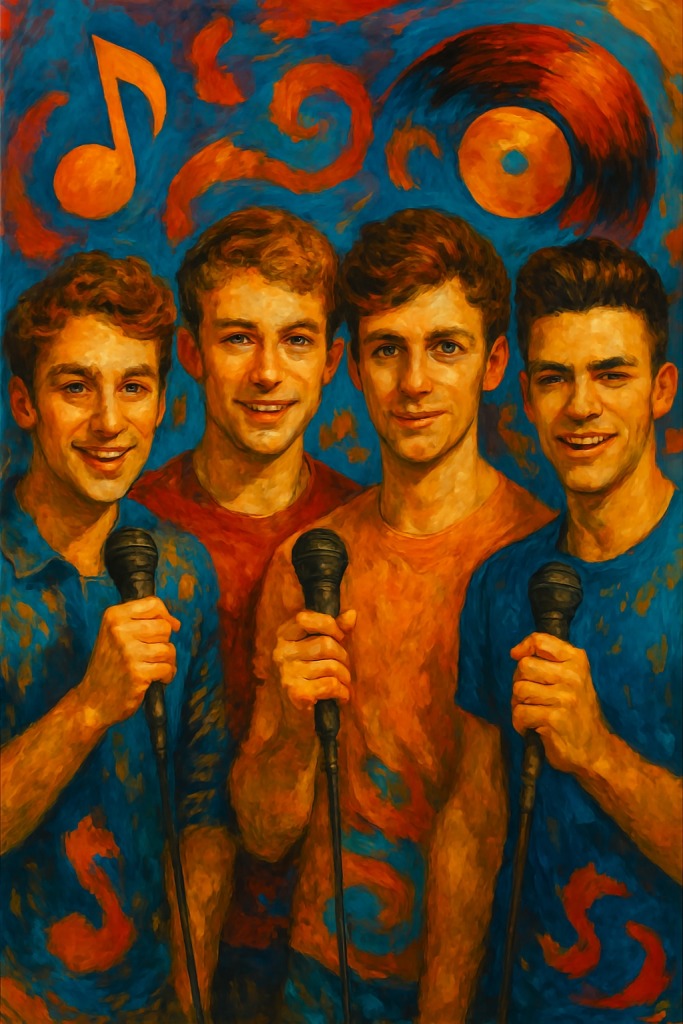
Political Climate and Ethical Positioning
Artists often reinvent themselves in response to political shifts. Music is a platform for ethical expression – and reinvention allows artists to realign their message. This is especially true in times of crisis or upheaval. Reinvention can reflect a rejection of past complicity or silence. It allows artists to take a stand and redefine their role in society. Artists like Nina Simone, Bob Dylan, and Miley Cyrus have used reinvention to amplify protest and social critique. This is not opportunism – it is ethical recalibration. Reinvention becomes a form of political agency. It allows artists to challenge injustice and inspire change. The music becomes a vessel for resistance and renewal. Reinvention is not apolitical – it is deeply engaged.
Legacy Building and Historical Positioning
Reinvention plays a key role in shaping artistic legacy. Artists who evolve are more likely to be remembered as innovators. Reinvention allows them to avoid being defined by a single era or style. It also enables them to influence future generations. Legacy is not built through repetition – it is built through transformation. Artists like Prince, Miles Davis, and Miley Cyrus are celebrated for their reinvention arcs. These shifts reflect a commitment to artistic truth over commercial comfort. Reinvention becomes a way to write history in real time. It allows artists to control their narrative and challenge dominant paradigms. Legacy is not static – it is dynamic and recursive.
Symbolic Death and Rebirth
Reinvention often involves symbolic death and rebirth. Artists shed old identities to make space for new ones. This process mirrors mythic and psychological cycles. It reflects the archetype of transformation found in literature and religion. Reinvention becomes a ritual of renewal, not a rejection of the past but a reconfiguration of its meaning. Artists like David Bowie, Lisa, and Miley Cyrus have enacted this cycle with precision. The shedding of one identity allows for the emergence of another. Reinvention is not fragmentation – it is integration. It allows artists to explore multiplicity without losing coherence. The music becomes a vessel for metamorphosis, and the audience becomes witness to a living myth. Reinvention is not chaos – it is structured transformation.
Crisis Response and Personal Healing
Personal crises often catalyze artistic reinvention. Loss, burnout, or disillusionment can lead artists to reexamine their purpose and reshape their output. Reinvention becomes a tool for healing and reclamation. Artists use music to process grief, confront addiction, or navigate mental health struggles. This transformation is not performative – it is therapeutic. Reinvention allows them to rebuild identity from fractured experience. It also deepens emotional resonance with listeners who share similar journeys. The music becomes a bridge between personal pain and collective empathy. Reinvention is not avoidance – it is confrontation. It reflects a commitment to truth, vulnerability, and resilience. Artists who reinvent themselves after crisis often produce their most powerful and enduring work. The transformation is not cosmetic – it is existential.
Cultural Exchange and Global Influence
Globalization has expanded the possibilities for artistic reinvention. Artists now engage with diverse musical traditions and cultural narratives. Reinvention allows them to incorporate these influences into their work. This is not appropriation – it is respectful exchange. Artists like M.I.A., Burna Boy, Rosalía, and Lisa have used global sounds to redefine their identity. Lisa’s solo work integrates Thai heritage, K-pop precision, and Western production into a cohesive symbolic language. Reinvention becomes a way to challenge cultural binaries and build bridges across geographies. It also reflects a commitment to inclusivity and dialogue. By integrating global rhythms, languages, and instruments, artists expand their emotional and symbolic range. Reinvention through cultural exchange is not dilution – it is enrichment. It reflects a desire to build new ecosystems of sound and meaning.
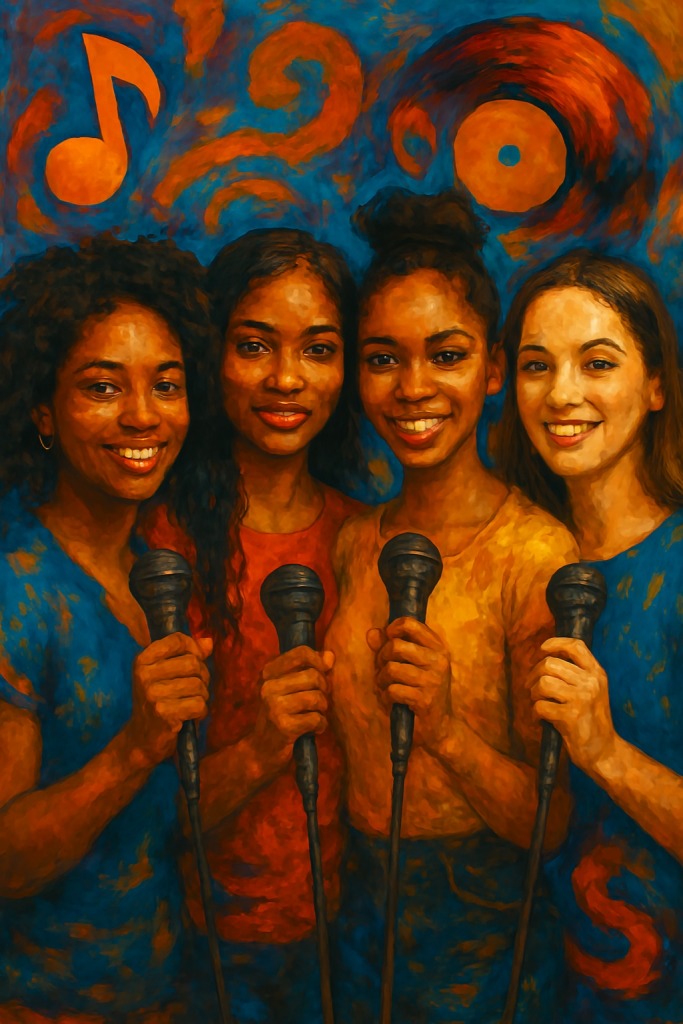
Symbolic Resistance and Subversion
Reinvention can be a form of symbolic resistance. Artists use transformation to subvert expectations and challenge dominant narratives. This is especially true for marginalized voices navigating mainstream platforms. Reinvention allows them to reclaim agency and redefine representation. Artists like Grace Jones, Frank Ocean, and Miley Cyrus have used reinvention to disrupt norms around gender, race, and identity. Lisa’s solo arc defies the stereotype of the passive idol – her strategic control over her label and image reflects a refusal to be commodified. Reinvention becomes a way to rewrite cultural scripts and expose systemic bias. It also allows artists to create new symbolic languages that reflect lived experience. Reinvention is not passive adaptation – it is active defiance. It turns music into a site of resistance and reimagination.
Mythmaking and Narrative Control
Artists often reinvent themselves to shape their own mythology. This is not about ego – it is about narrative sovereignty. Reinvention allows them to curate their legacy and influence how they are remembered. It also enables them to construct layered personas that reflect different aspects of self. Artists like Nick Cave, Lady Gaga, and Miley Cyrus have used reinvention to build mythic frameworks around their work. Lisa’s solo debut was not just a musical release – it was a symbolic manifesto. Her visual motifs, choreography, and sonic choices were designed to evoke transformation, multiplicity, and power. These personas are not masks – they are mirrors. Reinvention becomes a way to explore archetypes and emotional truths. It also allows artists to engage with fans on multiple symbolic levels. Mythmaking through reinvention is not deception – it is storytelling. It reflects a deep understanding of narrative psychology and cultural symbolism.
Creative Risk and Innovation Cycles
Reinvention is often driven by a desire to take creative risks. Artists who remain in familiar territory may achieve stability – but they risk stagnation. Reinvention allows them to disrupt their own patterns and explore new terrain. This process often leads to innovation and breakthrough. Artists like Björk, Thom Yorke, and Miley Cyrus have used reinvention to push sonic boundaries. Lisa’s solo work introduced new production styles, genre hybrids, and visual aesthetics that diverged sharply from her group identity. These shifts are not random – they reflect intentional experimentation. Reinvention becomes a cycle of risk, failure, and discovery. It also helps artists avoid formulaic repetition and maintain artistic integrity. Reinvention is not reckless – it is calculated evolution. It reflects a commitment to growth over comfort. The most enduring artists are often the most fearless.
Conclusion
Musical reinvention is not a marketing tactic – it is a multidimensional act of transformation. It reflects psychological growth, cultural engagement, ethical recalibration, and creative risk. Artists reinvent themselves to remain truthful, relevant, and resonant. This process is deeply rooted in fact – from neuroscience to market dynamics. Reinvention allows artists to challenge genre constraints, respond to political shifts, and build symbolic legacies. It also enables them to heal, resist, and innovate. The most powerful reinventions are not superficial – they are structural and symbolic. They reflect a deep commitment to artistic truth and cultural dialogue. Reinvention is not the exception – it is the essence of enduring artistry.
Join the Discussion
How do you experience artistic reinvention in your own creative work or listening habits – What transformations have moved you most ?
#ArtisticReinvention #SymbolicEvolution #CreativeTransformation #GenreFluidity #MusicAndIdentity #CulturalDialogue #NarrativeControl #EmotionalResonance #InnovationCycles #LegacyThroughChange #MythicArtistry #ResistanceThroughSound #GlobalMusicExchange #HealingThroughMusic #EditorialDepth
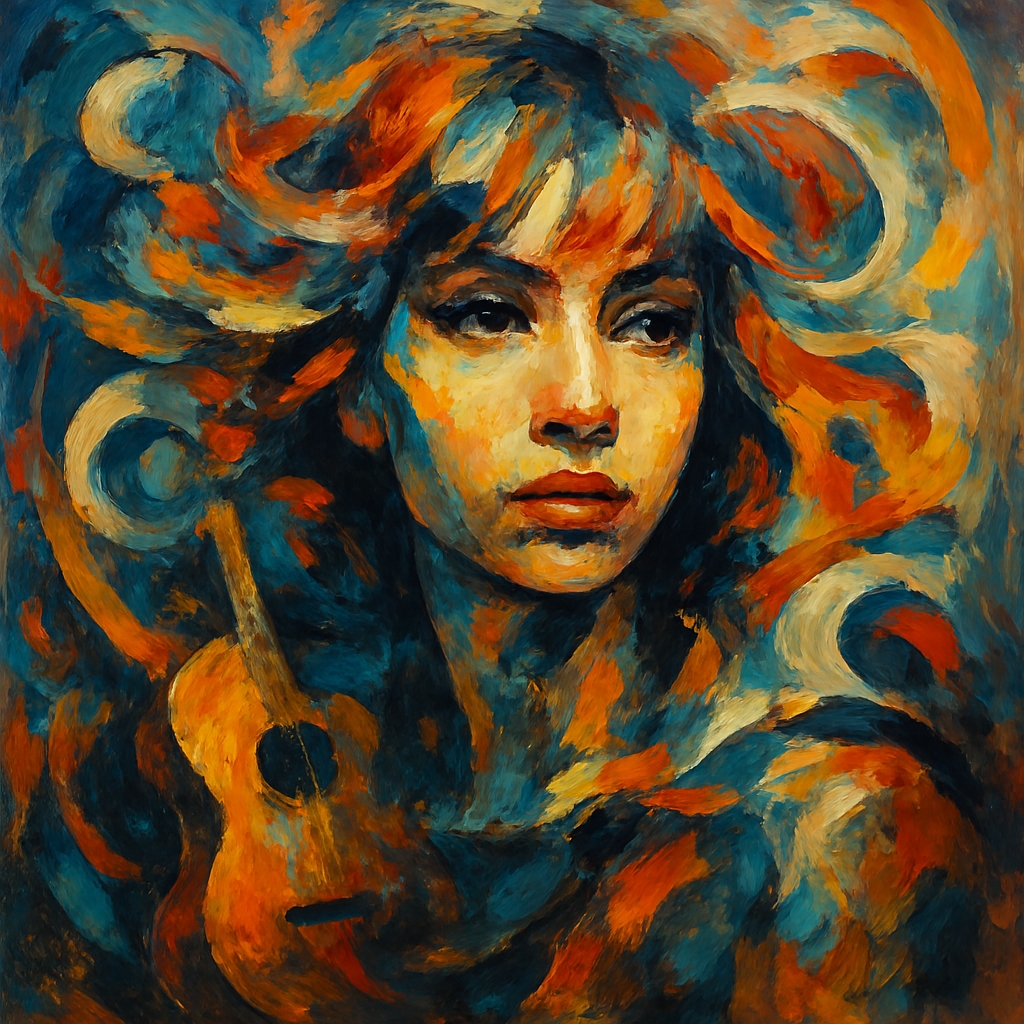



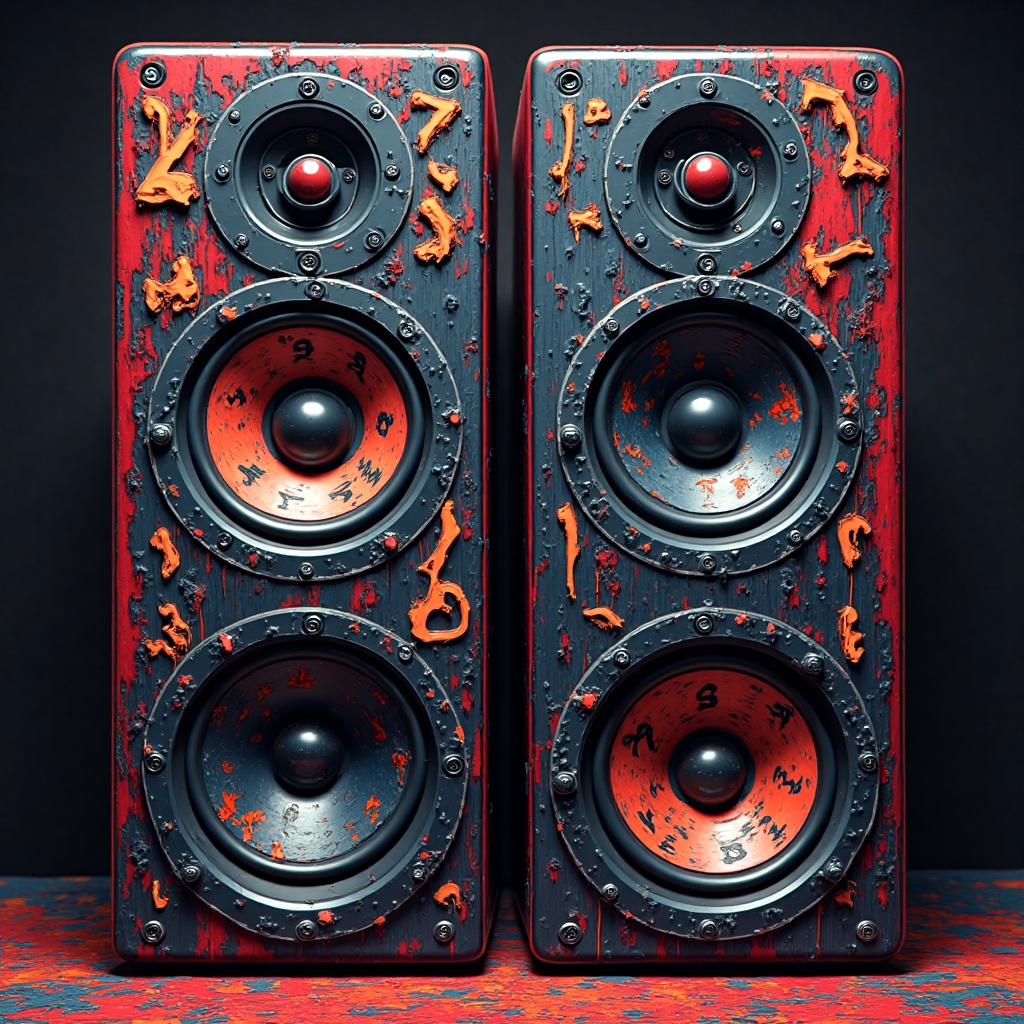

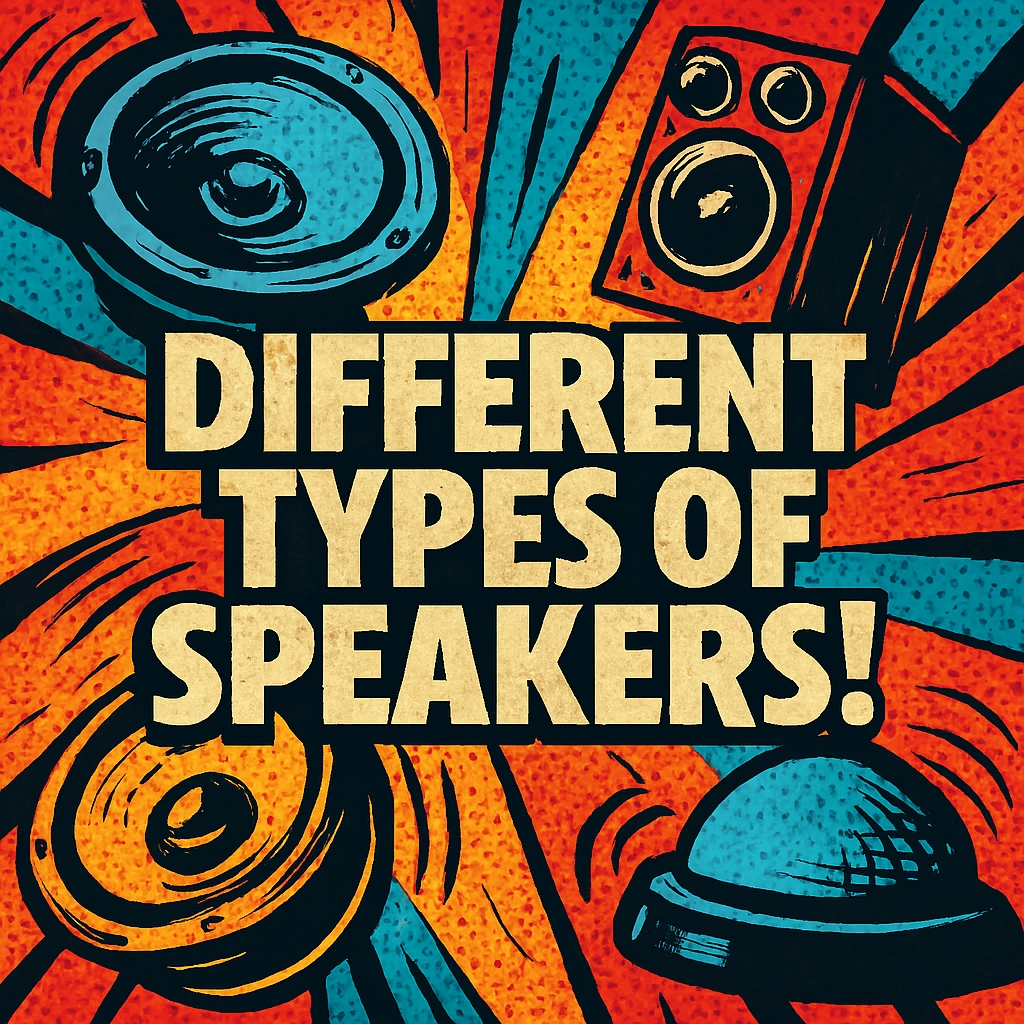
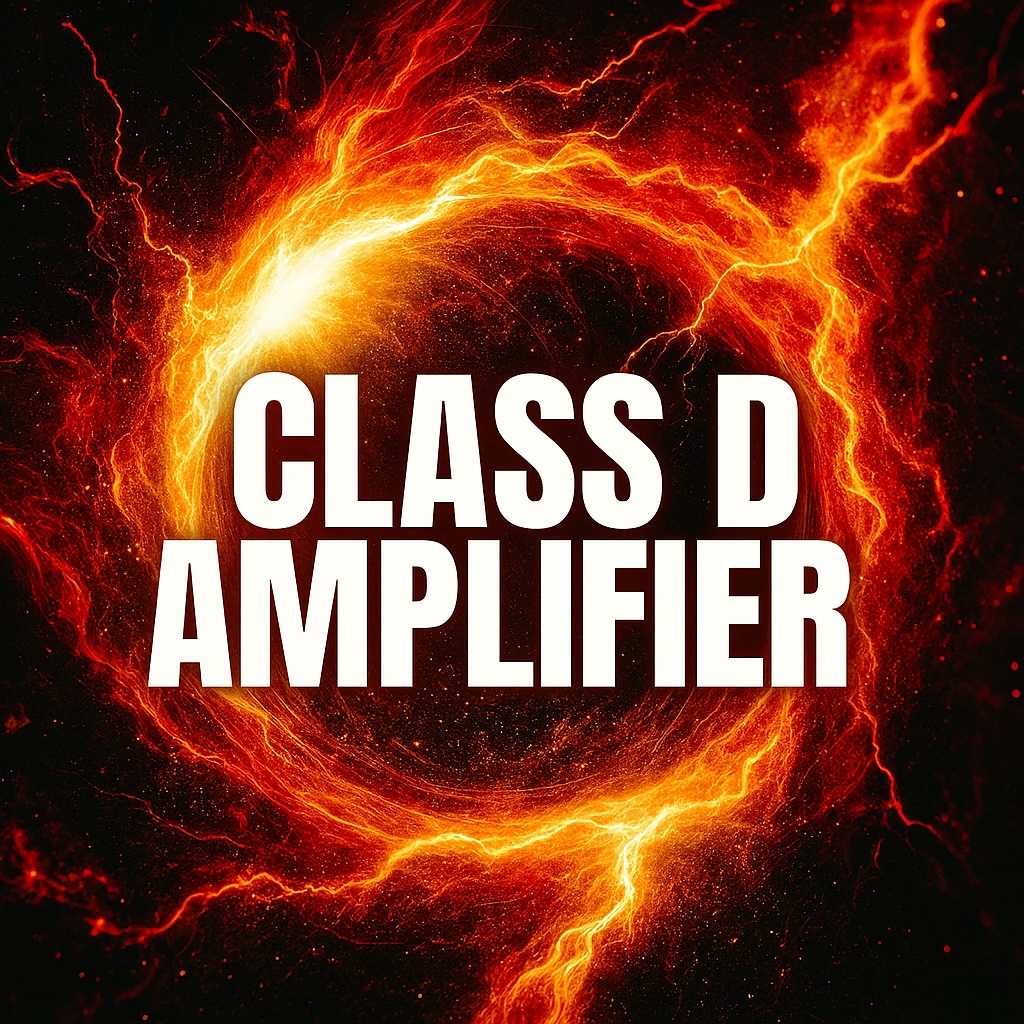
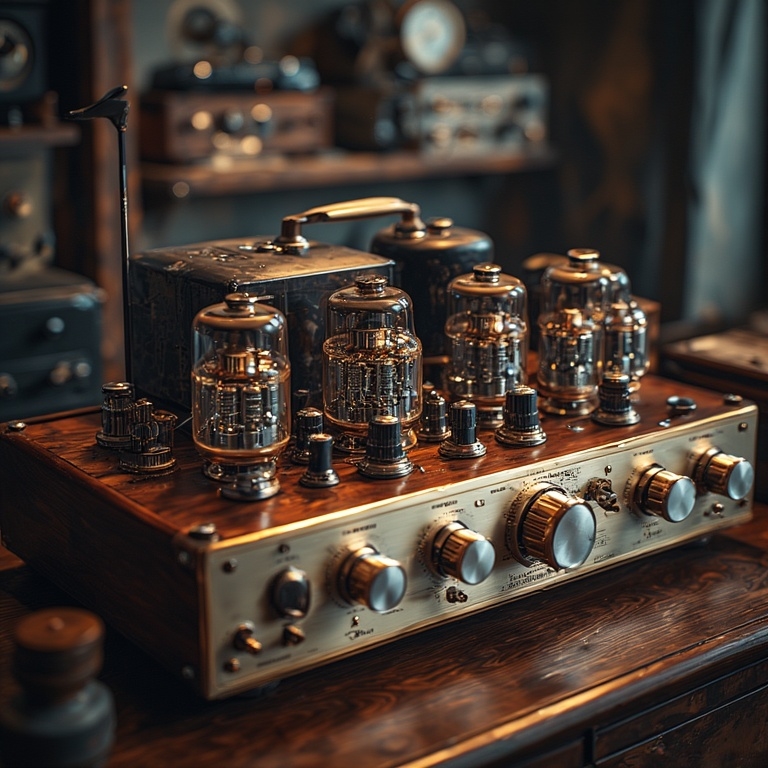
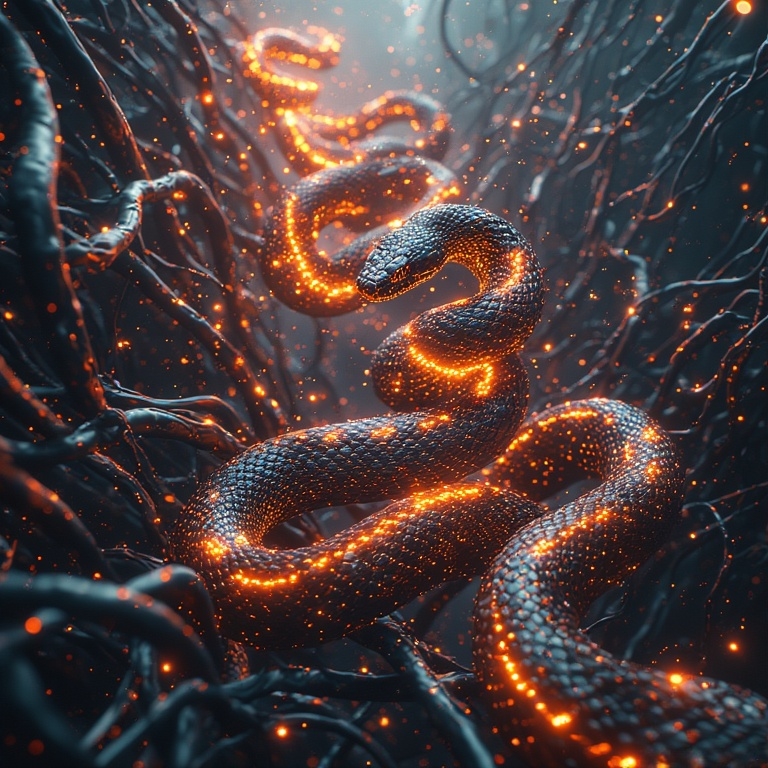




The Psychology of Music and Sound
[…] Music engages multiple brain regions simultaneously. The auditory cortex processes pitch and rhythm; the limbic system responds to emotional tone; the motor cortex synchronizes movement; and the prefrontal cortex interprets structure and expectation. Dopamine is released during musical anticipation and peak emotional moments, reinforcing pleasure and motivation. Oxytocin may increase during shared musical experiences, deepening social bonding. The psychology of music examines how these neural systems interact to produce emotional intensity, symbolic coherence, and recursive engagement. […]